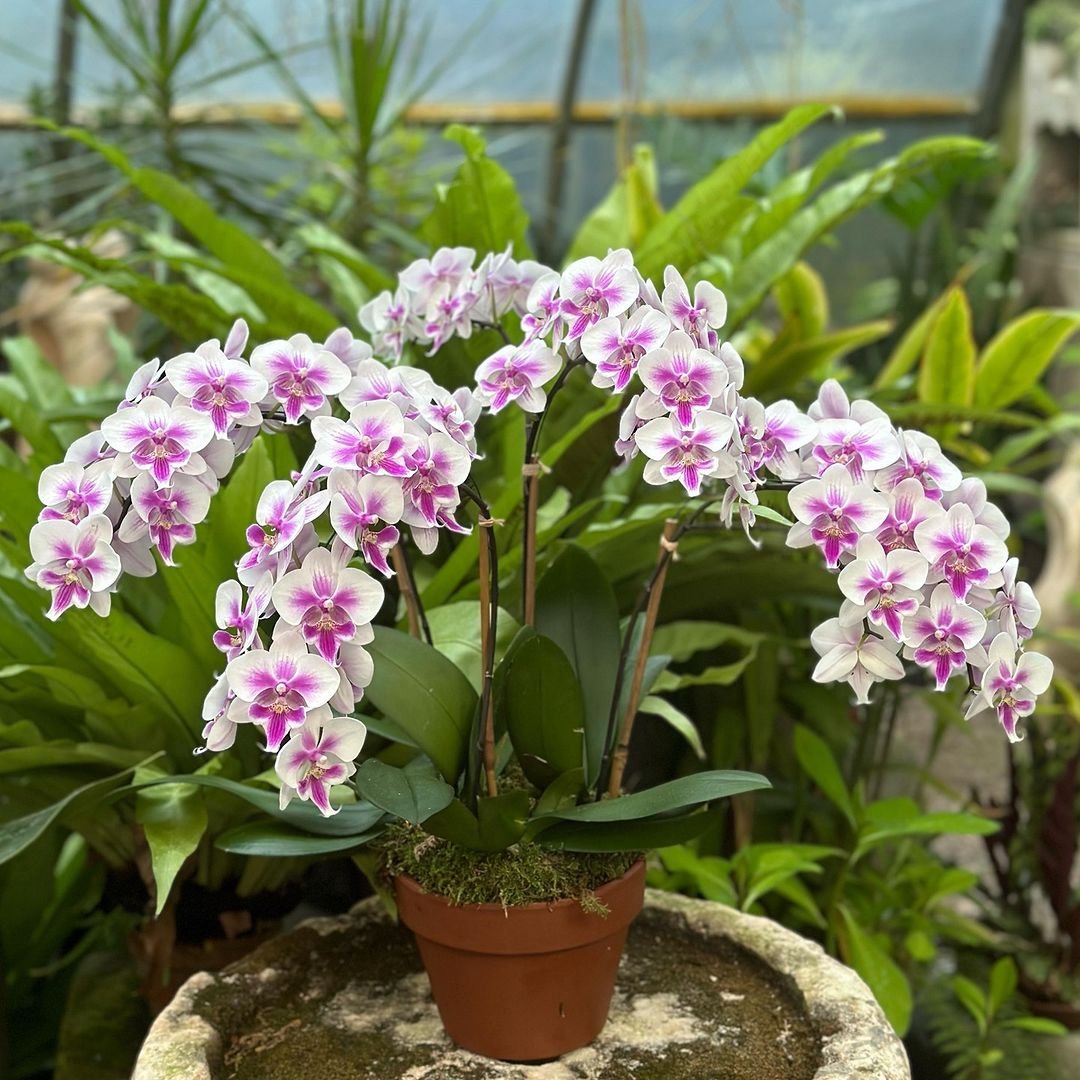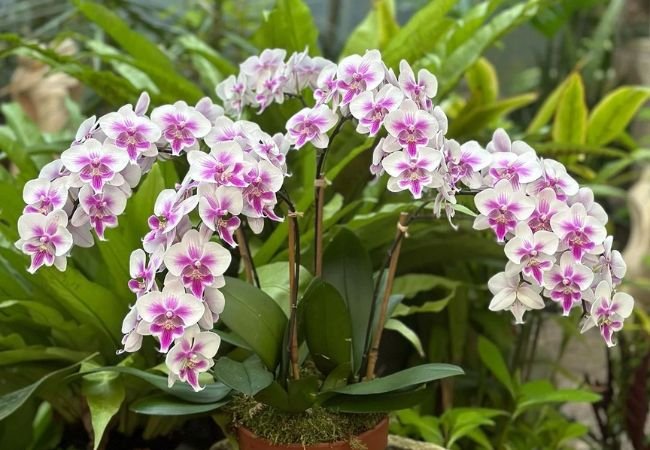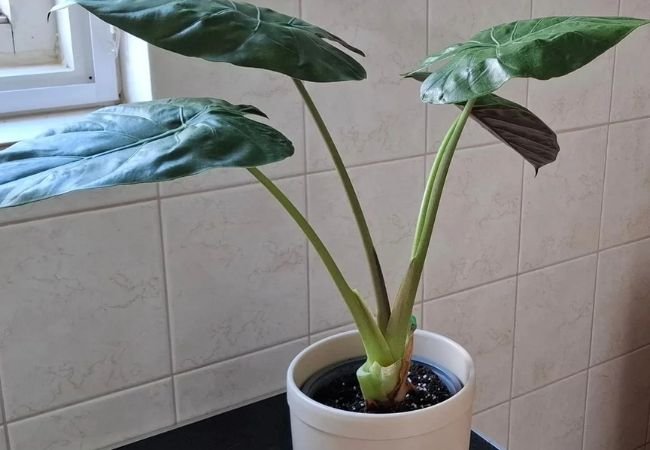Discover everything you need to know about potted orchid plants, from care tips and types to pricing and common questions. Learn how to keep your orchids thriving!
Hi there! I’m Ashley Scott, and I’ve been growing plants for over 10 years. One of my absolute favorites? Potted orchid plants. There’s something so special about their graceful blooms and vibrant colors that can transform any room. Whether you’re a beginner or a seasoned gardener, I’m here to share my experiences and answer your questions about these stunning plants. In this guide, we’ll dive into everything from care tips to common problems, pricing, and even fake orchids for those who want beauty without the upkeep. Let’s get started!
Introduction to Potted Orchid Plants

What Are Potted Orchid Plants?
Potted orchid plants are orchids grown in containers, usually indoors. Unlike typical houseplants, orchids have specific needs—like the right potting mix and light—that make them a bit of a challenge. But trust me, once you get the hang of it, the reward is worth it. Their flowers can last for weeks, even months, with the right care.
Why Are They Popular?
I’ve always been drawn to orchids for a few reasons, and I bet you’ll see why they’re so loved too:
- Stunning Looks: Orchids come in all sorts of colors and shapes—think purples, whites, and even spotted patterns.
- Long-Lasting Blooms: I’ve had blooms stick around for months, making them a great value.
- Air Benefits: They can freshen up indoor air, which is a bonus in my book.
- Meaningful Vibes: Orchids often stand for elegance and love—perfect for gifting or decorating.
Types of Potted Orchid Plants
Best Potted Orchid Plants for Beginners
When I first started growing orchids, I was nervous about killing them. If you’re new to this, here are some forgiving varieties I recommend:
- Phalaenopsis (Moth Orchid): These are my go-to for beginners. They bloom for ages and handle indoor life well.
- Dendrobium: Tough and adaptable, they’ve survived my early mistakes!
- Oncidium (Dancing Lady Orchid): Small, cheerful flowers that don’t demand too much fuss.
Popular Varieties
Once you’re ready to branch out, check out these beauties:
- Cattleya: Big, bold flowers—great for making a statement.
- Vanda: Bright and exotic, though they need a bit more humidity.
- Paphiopedilum (Lady Slipper Orchid): Their quirky slipper shape always catches my eye.
Caring for Potted Orchid Plants
Basic Care Tips
Here’s what I’ve learned about keeping potted orchid plants happy:
- Light: They love bright, indirect light. I keep mine near an east-facing window.
- Water: Only water when the potting mix feels dry—overwatering was my biggest rookie mistake.
- Humidity: Orchids thrive in humid spots. I use a tray with pebbles and water under the pot.
- Temperature: Aim for 65-75°F (18-24°C) during the day. They don’t like drafts!
Want more details? Check out my orchid care tips for indoor plants on my site.
Watering and Feeding
- Watering: I water in the morning with room-temperature water, letting excess drain out. Wet leaves can cause issues, so I avoid that.
- Feeding: Every few weeks in spring and summer, I use a balanced orchid fertilizer (like 20-20-20). In winter, I ease off.
Light and Temperature Requirements
- Light: If your place is dim, grow lights work wonders—I’ve used them in darker months.
- Temperature: Keep them away from heaters or cold windows. I learned that the hard way when one of mine drooped near a vent.
Repotting and Potting Mix
- Repotting: I repot every 1-2 years when the mix starts breaking down. It’s a messy job but worth it.
- Potting Mix: Regular soil is a no-go. I use an orchid plant potting mix with bark and perlite for drainage.
For a step-by-step, visit this awesome repotting guide from the University of Maryland.
Common Issues and Solutions
How to Get Rid of Ants in Potted Orchid Plants
One summer, I found ants marching through my potted orchids—yikes! Here’s what worked for me:
- Take It Out: I gently unpotted the orchid and shook off the mix.
- Clean Up: A quick rinse of the roots under water got rid of the ants.
- Repot Fresh: I used new mix and sprinkled some diatomaceous earth on top.
- Stay Dry: Ants love moisture, so I cut back on watering a bit.
Curious about pest control? This Cornell University guide has great tips.
Dealing with Other Pests and Diseases
- Mealybugs: I dab them with alcohol on a cotton swab—works like a charm.
- Scale: A soft brush or insecticidal soap does the trick.
- Fungal Issues: Better airflow fixed this for me after I stopped overwatering.
For more, I love this American Orchid Society resource.
Pricing and Where to Buy
Average Price of Potted Orchid Plants
Prices depend on type and size, but here’s what I’ve seen:
- Phalaenopsis: $15-$30—super affordable!
- Dendrobium: $20-$40.
- Cattleya: $25-$50 for their wow factor.
Best Places to Buy Potted Orchid Plants
- Local Nurseries: I’ve found gems with expert advice nearby.
- Online: Sites like OrchidWeb or Logee’s ship healthy plants.
- Garden Centers: Big stores often stock them seasonally.
Check out potted orchid plants for sale on my site for recommendations!
Fake Potted Orchid Plants
Benefits of Artificial Orchids
Not into the upkeep? I get it—sometimes I’ve considered fake potted orchid plants too. Here’s why they’re great:
- No Work: Zero watering or worrying.
- Forever Pretty: They never wilt.
- No Allergies: Perfect if pollen bugs you.
How to Choose a Realistic Fake Orchid
- Quality: Go for silk or high-grade plastic blooms.
- Details: I look for lifelike stems and leaves.
- Size: Make sure it fits the pot naturally.
Frequently Asked Questions
Do Orchids Need to Be Potted?
Yes! Indoors, potting keeps them manageable. I’ve tried mounting them, but pots are way easier for me.
Can Orchids Grow in Pots?
Definitely—they’re pros at it! Pots with good drainage are key, though.
How Should Orchids Be Potted?
Here’s my method:
- Pick a Pot: Slotted ones are my favorite for drainage.
- Use the Right Mix: Bark-based orchid mix is a must.
- Set It Up: Spread the roots and keep the plant’s base at the pot’s rim.
- Fill In: Add mix gently—no compacting!
This University of Illinois guide breaks it down too.
Can Orchids Grow in Potting Mix?
Yes, but only orchid-specific mixes. I tried regular soil once—disaster! Bark and perlite keep roots happy.
Conclusion
Potted orchid plants have brought so much joy to my home, and I hope this guide inspires you to give them a try. From picking the best potted orchid plants to tackling ants or choosing a fake one, there’s an option for everyone. Gardening’s all about patience and experimenting—so grab a pot, start small, and enjoy the journey. Got questions? Drop them below—I’d love to chat!







3 Comments on “Potted Orchid Plants: A Comprehensive Guide”